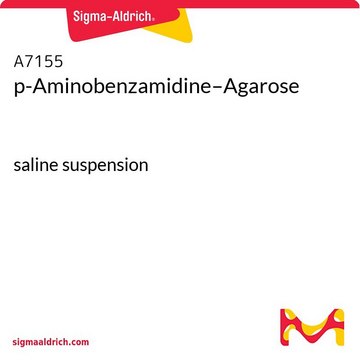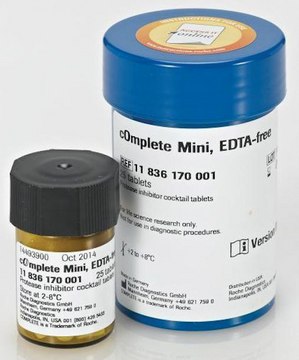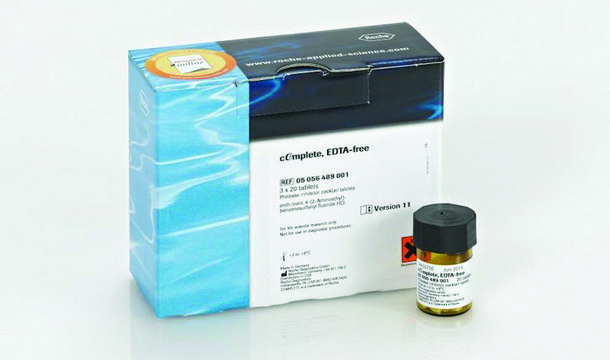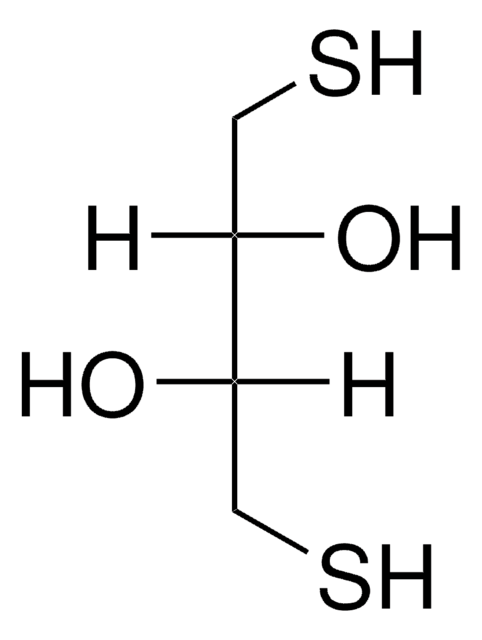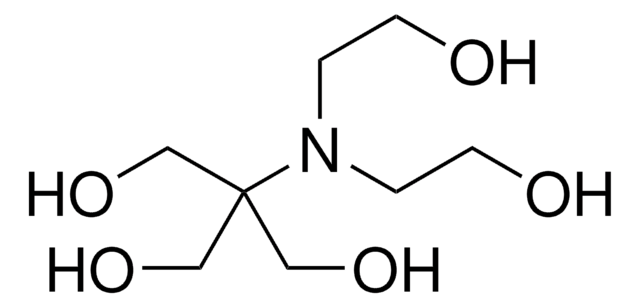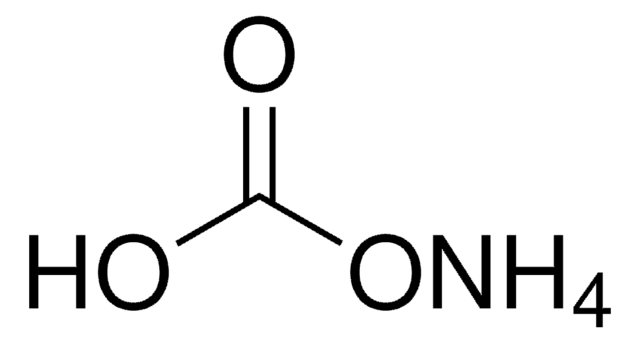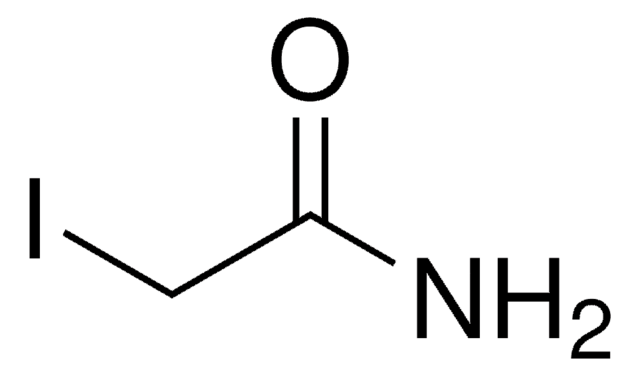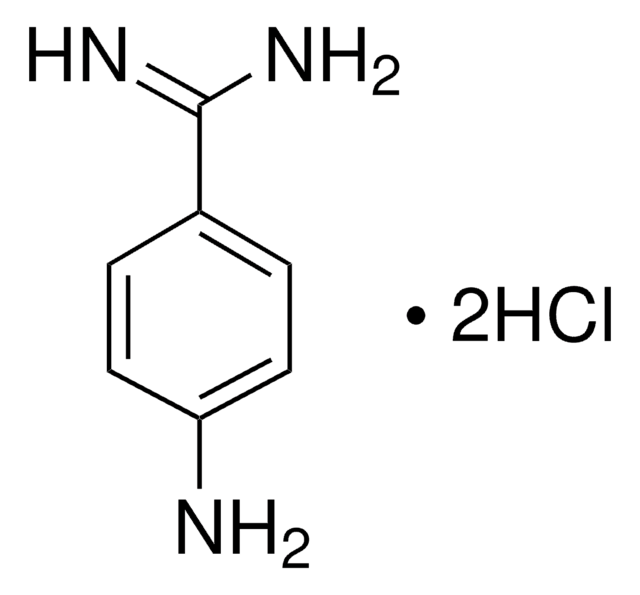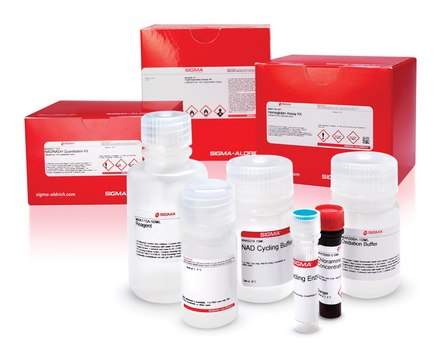MAK160
Mitochondrial Membrane Potential Kit
sufficient for 100 fluorometric tests (flow cytometry)
Synonym(s):
JC-10 Assay
About This Item
Recommended Products
usage
sufficient for 100 fluorometric tests (flow cytometry)
detection method
fluorometric
relevant disease(s)
cancer
storage temp.
−20°C
Related Categories
1 of 3
This Item | MAK159 | MAK147 |
|---|---|---|
| usage sufficient for 100 fluorometric tests (flow cytometry) | usage sufficient for 500 fluorometric tests (microplate readers) | usage sufficient for 500 fluorometric tests (orange fluorescence, microplate readers) |
| detection method fluorometric | detection method fluorometric | detection method fluorometric |
| storage temp. −20°C | storage temp. −20°C | storage temp. −20°C |
| relevant disease(s) cancer | relevant disease(s) cancer | relevant disease(s) cancer |
General description
Application
Suitability
Principle
Storage Class Code
10 - Combustible liquids
WGK
WGK 1
Flash Point(F)
Not applicable
Flash Point(C)
Not applicable
Choose from one of the most recent versions:
Certificates of Analysis (COA)
Don't see the Right Version?
If you require a particular version, you can look up a specific certificate by the Lot or Batch number.
Already Own This Product?
Find documentation for the products that you have recently purchased in the Document Library.
Articles
This page shows how to Purify or remove serine proteases with a Benzamidine Sepharose 4 Fast Flow, Benzamidine Sepharose 4 Fast Flow from GE Healthcare.
This page provides information about the principles and standard conditions for different purification techniques for the purification of multiprotein complexes with from GE Healthcare.
This page shows how to remove serine proteases, e.g. thrombin and trypsin, and zymogens from recombinant products using HiTrap Benzamidine FF and Benzamidine Sepharose 4 Fast Flow from GE Healthcare.
This page describes principles and standard conditions for different purification techniques of histidine-tagged proteins using GE Healthcare products.
Protocols
This page shows how to remove thrombin and Factor Xa using HiTrap® Benzamidine FF (high sub) from GE Healthcare.
Sample Preparation for Affinity Chromatography in Specific Groups of Biomolecules
This page shows how to prepare samples for purification with affinity chromatography.
Our team of scientists has experience in all areas of research including Life Science, Material Science, Chemical Synthesis, Chromatography, Analytical and many others.
Contact Technical Service